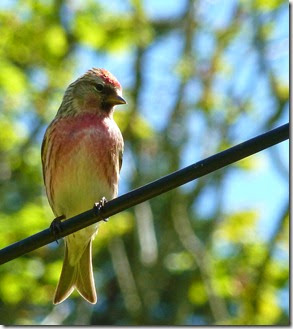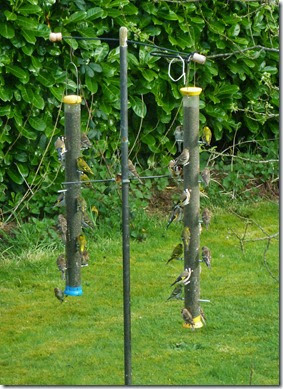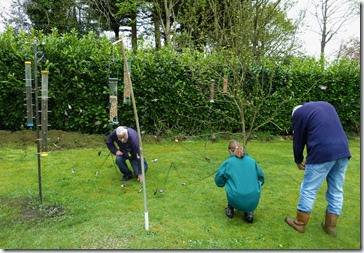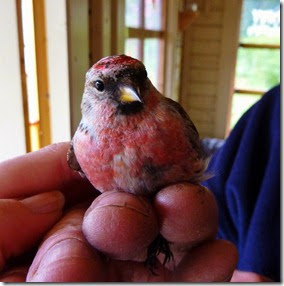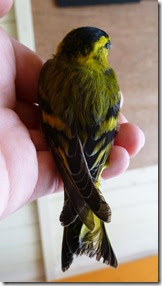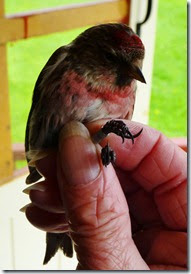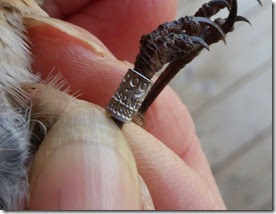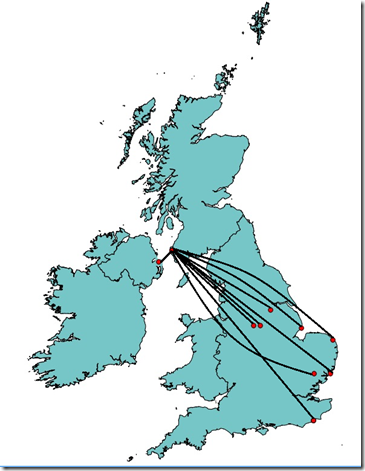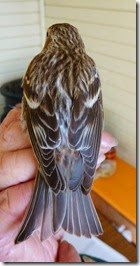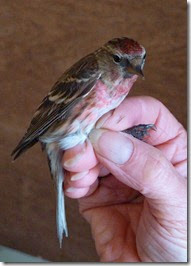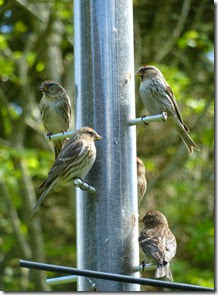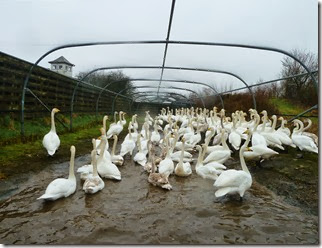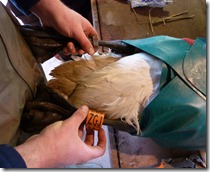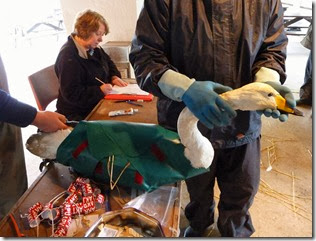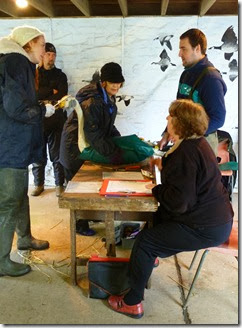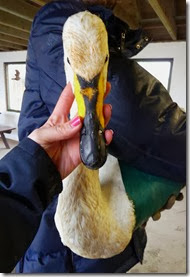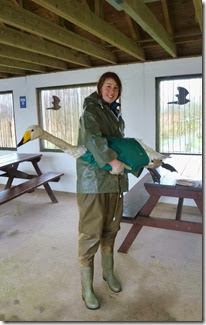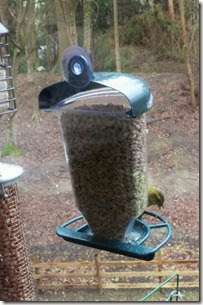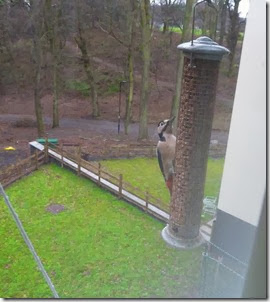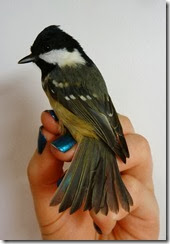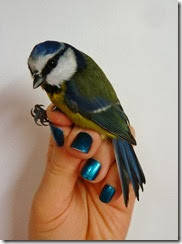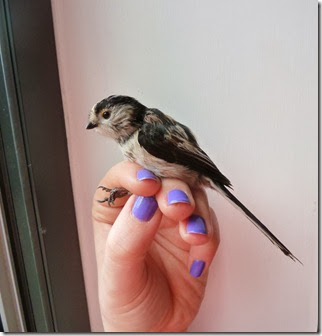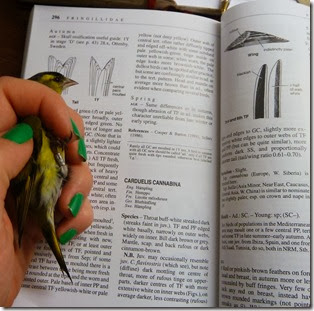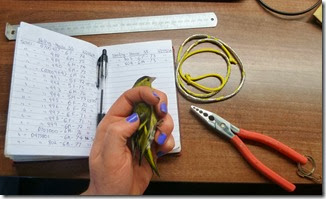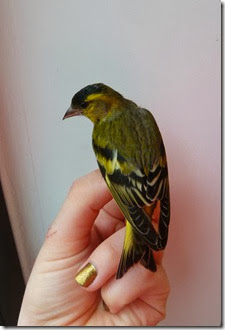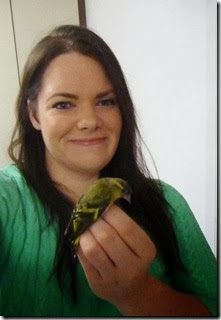I’ve been waiting all Winter for the return of our Redpoll flock in Stranraer. It’s been a very quiet Winter for them here with few Siskin and Goldfinch. The usual Blackcap (or Fatcaps as we call them) arrived in early November as usual and appear to have not moved off the suet feeder since arriving…hence the name!
Normally at this time of the year we have a flock of 300+ Redpoll in the garden noisly feeding away on Niger seed. Last year however was very different as the flock which we would expect to have arrived in late October, to be gone by early April, instead turned up at the end of April and stayed on until the beginning of June, some even staying on to breed!
Last Winter was fantastic for ringing in the garden and either in anticipation of the flock arriving back soon or in memory of what used to be I’ve decided to create a post about last Spring’s ‘Roaming Redpolls’
As I had a short break (just 1 week) between University finishing and and my annual summer migration to Manchester last May I took the opportunity for some garden ringing (with members from North Solway Ringing Group). In 3 sessions we managed to newly ring over 200 Redpoll which is a new garden record.
As well as the Redpoll we also caught a good number of Siskin and Goldfinch, catching our first (freshly out of the nest) juvenile Siskin of the year.
Along with the 200+ Redpoll we also processed 18 controls (birds ringed elsewhere). 2 of these controls were particularly special as they were from Brussels! The first foreign controls ever caught in our garden (see here for map).
I recently received the details for the other controls and they revealed an interesting North Westerly movement (see map).
All-in-all it was a very successful week of garden ringing and definitely worth the 40kg odd of Niger seed they consumed…or threw on the ground!
Just today via Twitter I heard that some Redpoll have started to appear in a garden not to far away – could this be the very first ‘scouts’ of our flock? Will they all return again? Or will this Winter score a blank?! Only time will tell but the new traps have been built, plenty of rings are in stock and the garage is piled high with Niger seed…so we’re ready for them!
Special thanks to the BTO for the ringing details and to Kane for the UK recovery map.
